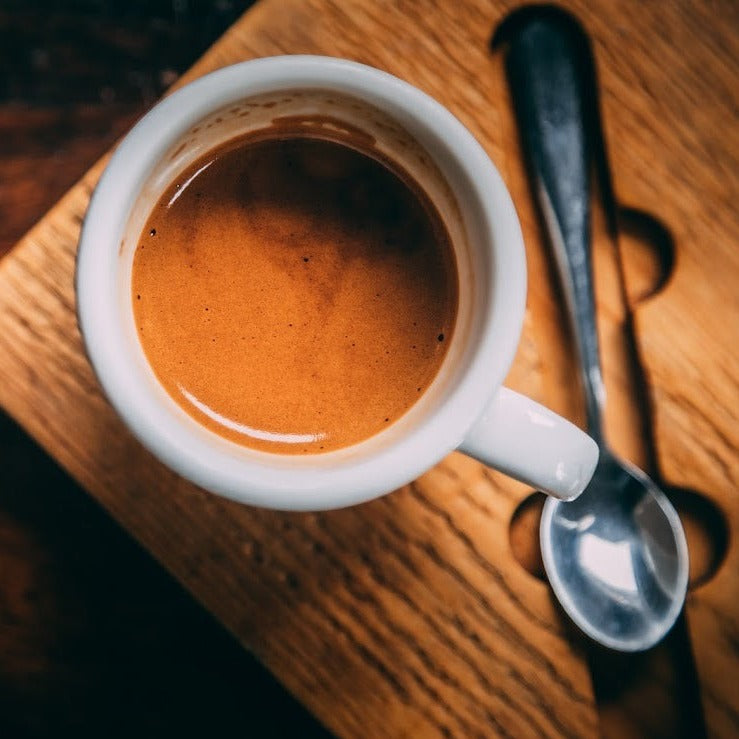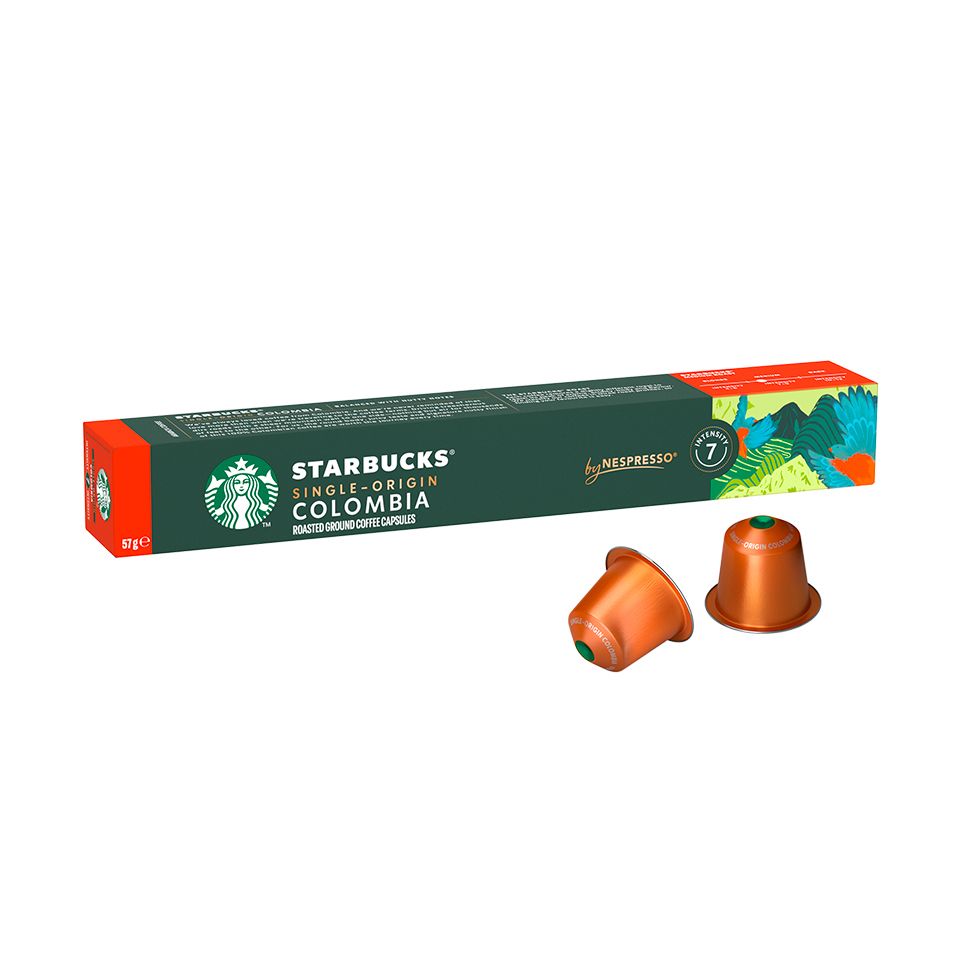Discover the Bold Flavor Profile of SOE Single Origin Espresso Today
Discover the Bold Flavor Profile of SOE Single Origin Espresso Today
Blog Article
Understanding Coffee Beans: the Trip From Espresso to Blended Coffee Beans

The Origins of Coffee: A Global Viewpoint
While you could think of coffee as a modern-day staple, its beginnings trace back centuries, intertwining with societies across the globe. The tale begins in Ethiopia, where tale says a goat herdsman named Kaldi found the stimulating effects of coffee beans after noticing his goats romping vigorously after consuming them.
As trade paths increased, coffee made its method to Europe in the 17th century, promptly acquiring appeal. Each society included its special spin to coffee preparation, enriching its history.
Farming and Harvesting of Coffee Beans
As coffee's trip progressed, the emphasis moved to the growing and harvesting of particular bean varieties, especially those utilized for coffee. You'll discover that coffee beans often originate from Arabica or Robusta plants, each offering distinct tastes. The optimal growing conditions include high altitudes and rich, well-drained soil, which enhance the beans' quality.
During the harvest, choosing techniques differ. In some areas, employees hand-pick ripe cherries, making certain just the most effective fruit goes to processing. In other locations, mechanical farmers are used, specifically on bigger farms. Timing is crucial; you desire to collect when the cherries get to peak ripeness for maximum taste.
When collected, the beans are prepared for handling, which is essential in determining their final preference. Understanding the growing and gathering procedures provides you understanding right into what goes right into your favored coffee, enriching your gratitude for each cup.
Processing Methods: From Cherry to Bean
Since you have actually found out about harvesting coffee beans, allow's check out just how those cherries transform into the coffee beans you enjoy. You'll see how various harvesting techniques effect taste, complied with by the essential actions of fermentation and drying out. Ultimately, we'll break down the milling and grading procedure that determines your coffee's high quality.
Gathering Techniques Described
When it comes to coffee, recognizing harvesting methods is necessary, because they directly impact the taste and high quality of the beans you enjoy. Discerning selecting involves hand-picking just ripe cherries, guaranteeing you get the finest top quality beans. Eventually, the selection of gathering method can substantially affect your coffee experience, so it's worth knowing just how those beans made it to your cup.
Fermentation and Drying
After harvesting, the next action in handling coffee beans play a considerable function in shaping their taste. You'll locate that fermentation is essential, as it aids break down the mucilage surrounding the beans, boosting their preference profile. Depending on the method, this procedure can last from a couple of hours to a number of days, with varying results based on temperature and humidity.
As soon as fermentation is full, drying out adheres to, which is equally crucial. You can pick from mechanical or sun-drying drying out methods. Sun-drying enables the beans to soak up flavors from the environment, while mechanical drying assurances regular wetness levels no matter weather. Proper drying out is vital to protect against mold and protect the beans' top quality, inevitably influencing your cup of coffee.
Milling and Grading Refine
As fermentation and drying out established the stage for flavor development, the milling and grading procedure warranties that only the most effective coffee beans make it to your mug. This stage involves getting rid of the outer layers of the coffee cherry, consisting of the parchment and husk. After milling, the beans are sorted by dimension and weight, making certain an uniform high quality. You'll locate that grading aids recognize problems and classify beans, which affects flavor and scent. Top quality beans get a greater quality, resulting in a richer coffee experience. When rated, the beans await product packaging and shipping, protecting their unique characteristics. This precise procedure is crucial for providing the phenomenal taste you enjoy in every sip of your favorite mixture.
Toasting Techniques: Opening Flavor Prospective
When you roast coffee beans, the method you pick can considerably impact the flavor account. Understanding the relationship in between time, temperature, and roasting strategies is essential to disclosing the capacity of your mixture. Allow's check out exactly how these aspects collaborated to develop the perfect cup.
Roasting Techniques Discussed
While you might think that all coffee roasting techniques generate the very same outcomes, the fact is that each strategy discloses distinct taste capacities in the beans. Drum toasting makes use of a turning drum to uniformly disperse warmth, improving caramelization and producing a well balanced taste. Air roasting, on the various other hand, flows warm air around the beans, advertising a lighter roast with obvious acidity.

Influence On Flavor Profile
Various roasting approaches not just affect the procedure but additionally significantly influence the taste profile of the coffee beans. When you pick a light roast, you'll experience bright level of acidity and floral notes, showcasing the bean's beginning. On the other hand, a medium roast equilibriums acidity with sweet taste, usually exposing chocolatey undertones. Dark roasts, on the other hand, highlight strong, smoky tastes, in some cases masking the bean's special qualities. Each method exposes various oils and substances, resulting in a vast array of flavors. By trying out various roasting styles, you can find which additional resources accounts reverberate with your taste. Understanding these nuances aids you appreciate the virtuosity behind your mug of coffee, boosting your overall experience with every sip.
Time and Temperature Aspects
To launch the full flavor potential of coffee beans, both time and temperature level during the roasting process play significant roles. When roasting, you'll find that greater temperature levels can quickly develop tastes, but if you rush it, you could finish up with burnt notes. Conversely, lower temperatures permit a more steady flavor growth, showcasing the beans' distinct features.

Timing is equally as vital; expanding the roast also long can result in a loss of level of acidity and illumination, while also brief a roast may leave the beans underdeveloped. Discovering that sweet spot calls for method and experimentation. By changing these factors, you can expose the abundant, complex flavors concealed within each bean, creating a really exceptional coffee experience.
The Art of Mixing: Crafting One-of-a-kind Coffee Accounts

Beginning by picking a base coffee that provides a solid foundation. A brilliant Ethiopian bean can bring fruitiness, while an abundant Brazilian coffee includes body.
As you blend, remember that each mix tells a story. You're not simply making coffee; you're developing an experience. So, take your time, taste often, and enjoy the journey of uncovering your trademark look at this now blend.
Developing Approaches: Just How Preparation Influences Flavor
Mixing coffee opens a domain of flavor possibilities, but exactly how you brew that mix can considerably affect your last cup. Different developing techniques draw out special tastes and scents, so it's important to select wisely. For example, a French press enables oils and sediments to continue to be, producing an abundant, robust experience. On the various other hand, a pour-over highlights the coffee's clarity and illumination, best for showcasing delicate notes.
Coffee, with its high stress, creates a concentrated shot that accentuates sweet taste and crema. If you like a lighter brew, consider a chilly mixture technique; it generates a smooth, less acidic taste.
Eventually, experimentation is essential. Adjusting variables like water temperature, grind size, and make time can transform your coffee's account. So, accept the art of developing to uncover the flavors concealed in your coffee blends. The right approach can elevate your experience to brand-new heights.
The Future of Coffee: Sustainability and Innovation
As the coffee sector advances, sustainability and advancement are becoming essential for addressing environmental challenges and conference consumer demands. You'll see that more coffee firms are adopting eco-friendly methods, from sourcing beans ethically to carrying out lasting farming strategies. These changes not only help the planet yet additionally boost the top quality of the coffee you enjoy.
You might see advancements like naturally degradable product packaging and water-saving developing approaches that lower waste. Advanced modern technology, such as blockchain, is additionally coming to be popular, ensuring transparency in the supply chain, which allows you to trace your coffee back to its beginnings.
Furthermore, purchasing local communities and supporting farmers through fair trade initiatives fosters a more lasting coffee ecological community. As you sip your next mug, keep in mind that your choices can add to a brighter future for coffee. By opting for lasting brand names, you're not just enjoying a beverage; you're making a positive effect on the world.
Often Asked Inquiries
What Is the Distinction In Between Arabica and Robusta Beans?
Arabica beans are smoother, sweeter, and have a greater acidity, while robusta beans are more powerful, more bitter, and include even more high levels of caffeine. When making your coffee., you'll notice these distinctions in taste and aroma.
Just How Does Altitude Affect Coffee Bean Taste?
Altitude influences coffee bean flavor considerably. Greater elevations generate beans with brighter acidity and complex tastes, while reduced altitudes commonly generate beans that are heavier and much less nuanced. You'll discover these differences in your mug!
What Are the Health And Wellness Advantages of Alcohol Consumption Coffee?
Consuming coffee can increase your power, boost mental emphasis, and also boost physical efficiency. It's rich in anti-oxidants, may decrease the danger of certain illness, and can promote a much healthier metabolic process when consumed in small amounts.
Can Coffee Beans Be Recycled for Brewing?
Yes, you can recycle coffee beans for developing, however the flavor could be weak. If you delight in trying out, attempt reusing them in various means, like cold brews or including to healthy smoothies for an extra kick.
Exactly how Should I Shop Coffee Beans for Freshness?
To maintain your coffee beans fresh, save them in an airtight container in a cool, dark location. Avoid subjecting them to heat, light, or moisture, as these elements can swiftly deteriorate their taste and fragrance.
Understanding Coffee Beans: the Journey From Espresso to Blended Coffee Beans.
Currently that you have actually learned concerning harvesting espresso beans, allow's explore exactly how those cherries change into the coffee beans you like.When you roast coffee beans, the technique you pick can substantially impact the flavor profile - Single Origin Espresso.While you may believe that all coffee toasting methods produce the same results, the reality is that each technique exposes distinct flavor potentials in the beans.Different roasting techniques not only influence the procedure but also read this post here substantially affect the flavor profile of the coffee beans
Report this page